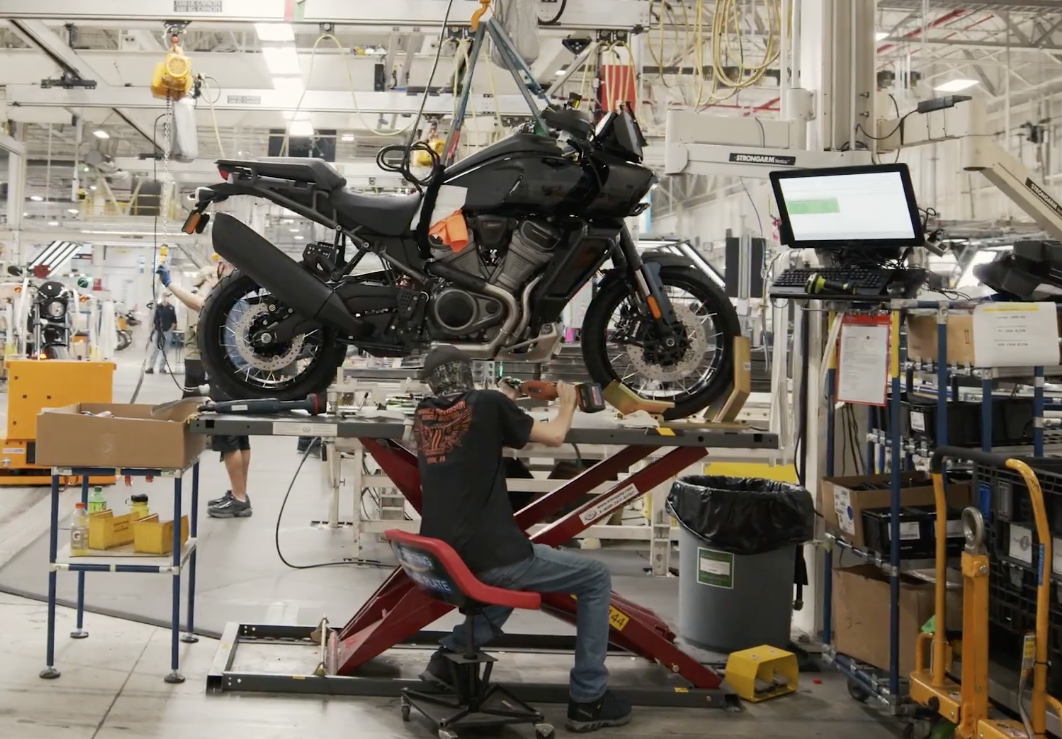
How Can We Reduce Motorcycle Paint Rework with AI-Driven Solutions?
Share
The world of motorcycle painting is undergoing a significant transformation, especially with the advent of technology. One pressing challenge that paint shops face is the high rate of rework due to quality issues. In this article, we will delve into the innovative approaches to reduce motorcycle paint rework with AI-driven solutions that are set to revolutionize the industry. Tailored for tech professionals and enthusiasts alike, we will explore how artificial intelligence can enhance the painting process, thus increasing efficiency and overall quality.

The Importance of Quality Control in Motorcycle Painting
Quality control is paramount in the motorcycle painting process. A single defect can lead to the need for extensive rework, which not only delays delivery but also increases costs. The traditional painting process involves manual inspections, which can be limited by human fatigue and subjectivity. By integrating advanced AI technologies, motorcycle manufacturers can achieve remarkable improvements in consistency and reliability.
Understanding AI-Driven Solutions in the Painting Process
AI-driven solutions utilize machine learning algorithms and data analytics to identify and rectify issues in real-time. For example, AI systems can analyze the surface of motorcycles to detect imperfections before paint is applied. This preemptive approach is considerably more efficient than reacting to problems after the fact.
The Role of Automation in Reducing Rework
Automation not only speeds up the painting process but also enhances accuracy. Robots equipped with AI capabilities can manage tasks like sanding, priming, and painting with precision that humans cannot match. These automated systems can adapt to various surfaces and textures, ensuring each motorcycle receives a flawless finish. An exciting example of this technological synergy can be found in the Strobox technology, which optimizes paint flow and reduces waste significantly.
Data Analytics for Continuous Improvement
Incorporating data analytics into the painting process allows for real-time monitoring and adjustments. This data-driven approach enables manufacturers to spot patterns related to defects, identify root causes, and implement corrective actions before issues escalate. With tools like automated paint inspections, companies can ensure the quality of each batch and maintain high standards, ultimately leading to reduced rework.
Benefits of Adopting AI-Driven Solutions
- Increased Efficiency: With AI taking over mundane tasks, workers can focus on higher-level operations.
- Cost Savings: Reducing rework translates directly into lower material and labor costs.
- Improved Quality: Consistency in paint application leads to fewer defects and higher customer satisfaction.
- Faster Turnaround: Speeding up the painting process ensures quicker delivery to customers.
Case Studies: Successful Implementation
Numerous companies are already reaping the benefits of AI-driven paint solutions. For instance, one motorcycle manufacturer reported a 30% reduction in rework after implementing AI-based quality control systems. This achievement can largely be attributed to monitoring algorithms that provided valuable insights into the painting process, leading to efficient adjustments and improvements.
Future Trends in Motorcycle Painting Technology
The future of motorcycle painting looks promising, with continuous advancements in AI and machine learning. Integrating virtual and augmented reality into the design and paint processes may allow for virtual testing before the painting begins. Companies are also eyeing predictive maintenance, where AI predicts equipment failures before they occur, ensuring seamless operations.

Frequently Asked Questions
1. How does AI reduce motorcycle paint rework?
AI reduces rework by providing real-time monitoring, data analytics, and automation to identify defects early in the painting process.
2. What is the role of machine learning in motorcycle painting?
Machine learning algorithms analyze data and improve painting techniques over time, enhancing quality control and consistency.
3. Are there any cost implications for implementing AI solutions?
While the initial investment may be significant, the long-term savings from reduced rework and increased efficiency often outweigh these costs.
In conclusion, the integration of AI into motorcycle painting offers an exciting opportunity for companies to reduce motorcycle paint rework with AI-driven solutions. As we move forward, the adoption of such technologies will not only improve paint quality but also enhance operational efficiency, making it a win-win for manufacturers.
